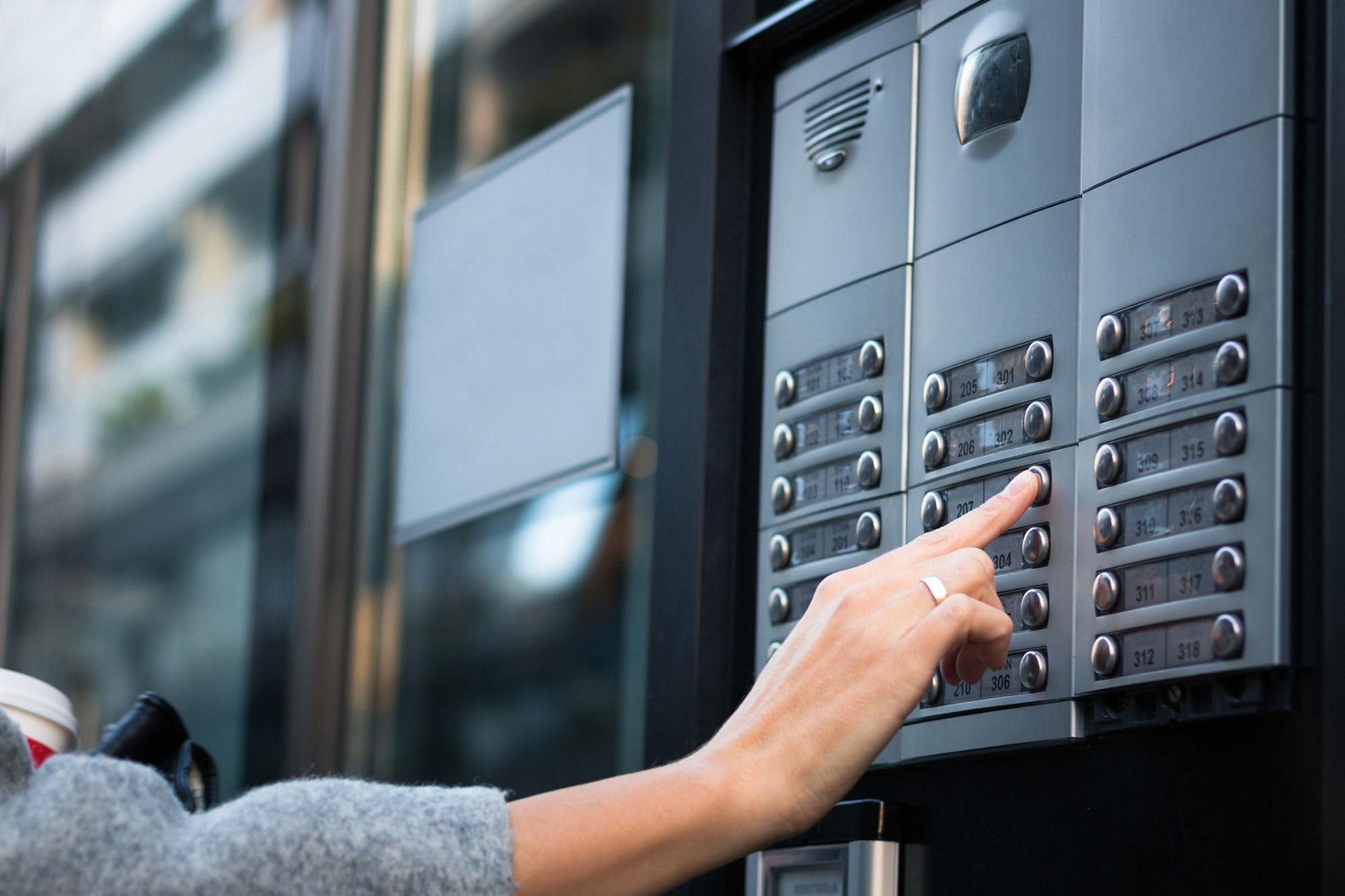Completed project on home visits in child and adult protection

Home visits are one element of the investigations conducted as part of child and adult protection. Any home visit involves opportunities and risks, and it is essential to carefully consider whether or not they are necessary.
©LumineImages / iStock / Getty Images Plus
Home visits give the authorities responsible for child and adult protection an insight into the housing conditions and living environment of the people involved. At the same time, however, they intrude on people’s private lives. A research group at the University of Applied Sciences and Arts Northwestern Switzerland (FHNW) has investigated how such home visits were conducted during two time periods. In the first period – 1960 to 1980 – home visits were actual inspections with a strong focus on scrutiny: information was collected on the living conditions of the people or families notified to the authority, and house visits were used to justify or back up any actions taken.
Current home visits practice – the researchers investigated the years 2000 and 2021 – varies greatly across the German-speaking cantons and regions studied by the team. This is attributable to differences in the investigation assignments formulated by the child and adult protection authority CAPA. In addition, investigations involving home visits are often conducted by several different agencies. Thus there is a need for action to encourage standardisation and clear demarcation of accountabilities.
Home visits are used to forge relationships as well as to gather information, and the two goals may potentially conflict. To highlight these tensions and suggest ideas for dealing with them, the research group used a participative process to develop a Reflection guideline for house visits. This is designed to assist with preparation and follow-up for home visits conducted as part of child and adult protection investigations.
